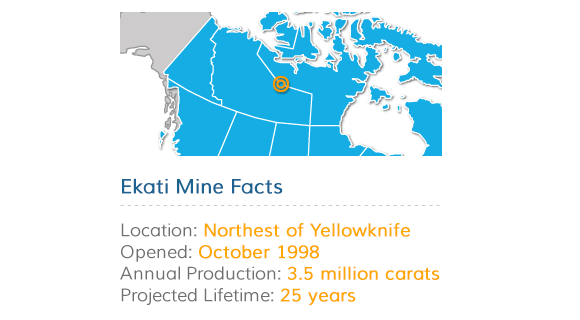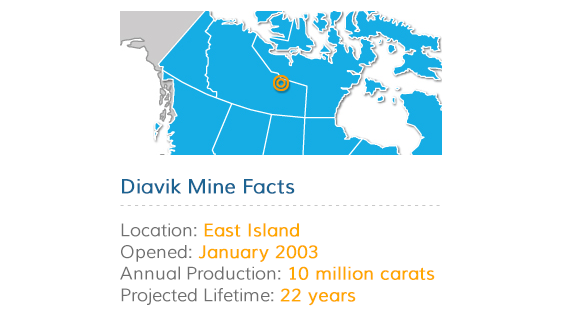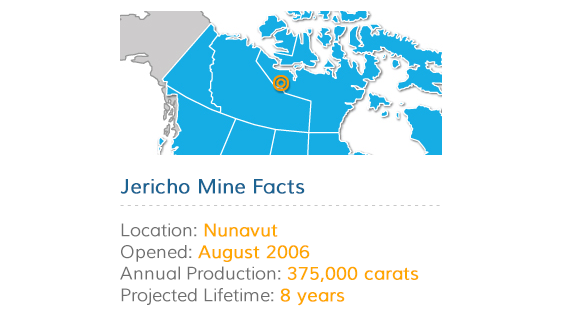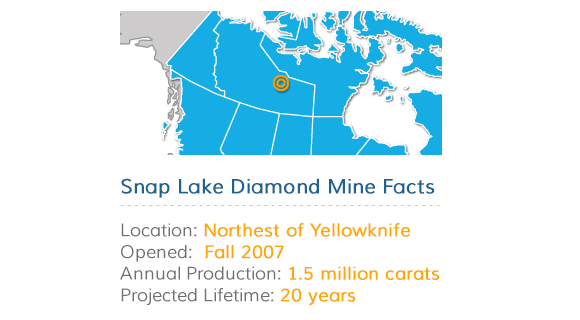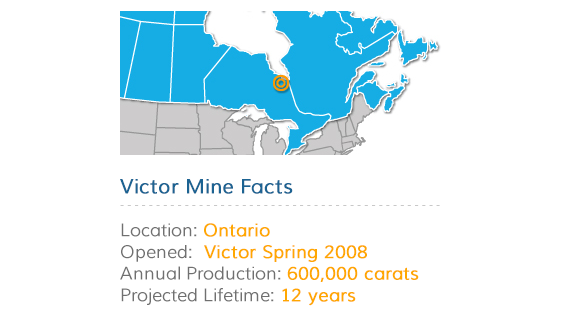Canadian Diamonds

For thousands of years, diamonds lay undiscovered deep within the tundra of the Canadian Arctic. It wasn't until the early 1990s that diamond mining began in the Ekati mine located in the Northwest Territories, spawning the opening of several rich diamond mines. Today, the Canadian diamond output is responsible for approximately 15% of the world's supply of rough diamonds.
Each of the exquisite Canadian diamonds we offer at Brilliance can be traced back to the region of its origin, and adheres to the Canadian Diamond Code of Conduct. Widely respected throughout the industry, this code serves as a certification of authentication, validated by official records and warranties.
Advantages
With their remarkable gem-quality properties and traceable origins, Canadian diamonds have become widely demanded.
- Ethical Advantages:
- Canadian diamonds are guaranteed to come from conflict-free sources and are harvested in a responsible, legitimate manner. The country's diamond mining industry adheres to a strict policy of ethical operations and environmental preservation.
- Environmental Advantages:
- Canada is committed to programs that further the sustainable development of its natural resources including diamonds. The preservation of land and aquatic habitats during diamond mining activities is supported by the Canada Mining Regulations (CMR) issued for the Northwest Territories, as well as independent efforts made by the individual mines.
- Quality Advantages:
- Canada's diamond output yields a significantly higher ratio of pristine, gem-quality deposits when compared to the output of other countries. Distinguished by a high grade of color and clarity and a low level of fluorescence, a Canadian diamond is a rare find and is given a high value in the jewelry market.
Diamond Origins & History
As recently as two decades ago, Canada wasn't considered a likely source of diamonds. A small degree of prospecting had taken place in the 1960s, but the results weren't particularly encouraging. With a single mining expedition in 1991, however, all of that changed. In the northern portion of the country-the Lac de Gras area, to be exact-a substantial amount of diamond-bearing mineral deposits were discovered.
Just six months after the launch of Canada's first official mining company in 1998, one million carats of diamonds were unearthed. By 2003, just five years after mining began, the country had become the third largest producer of diamonds in the world.
In a relatively short period of time, the booming Canadian diamond mining industry has turned the country into one of the world's most prominent producers of rough diamond deposits. It's been predicted that when the Northwest Territories region reaches its full production capacity, Canada could be responsible for the mining of a large percentage of the world's diamond supply.

